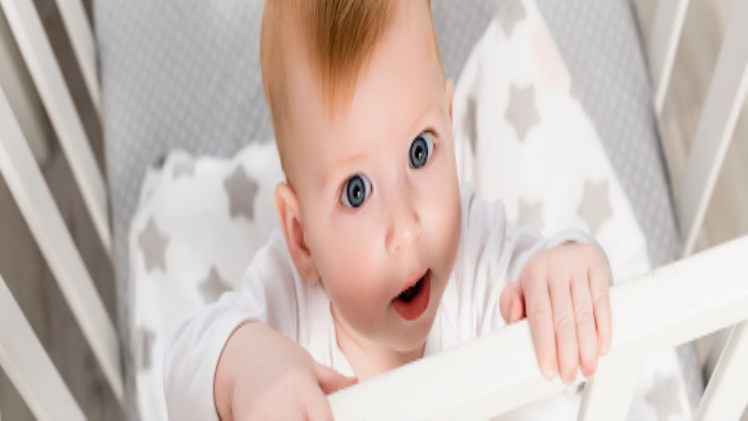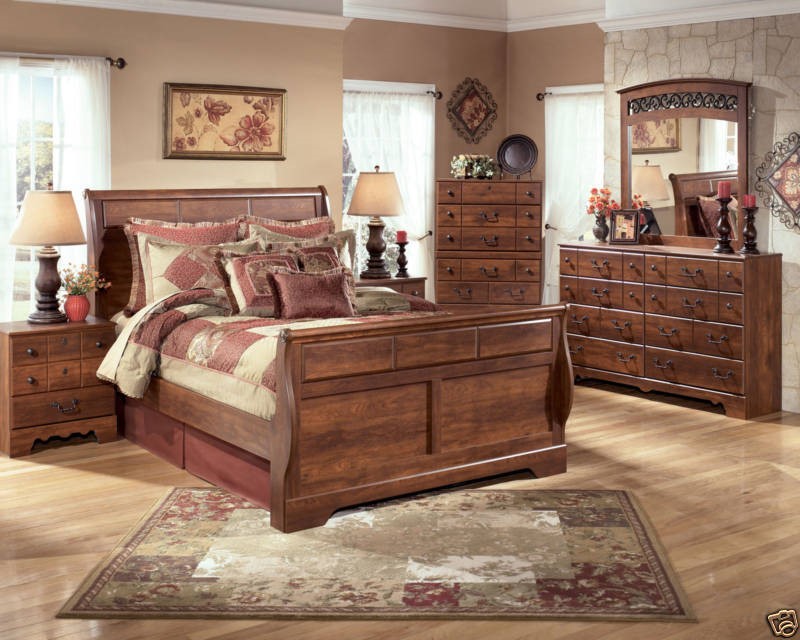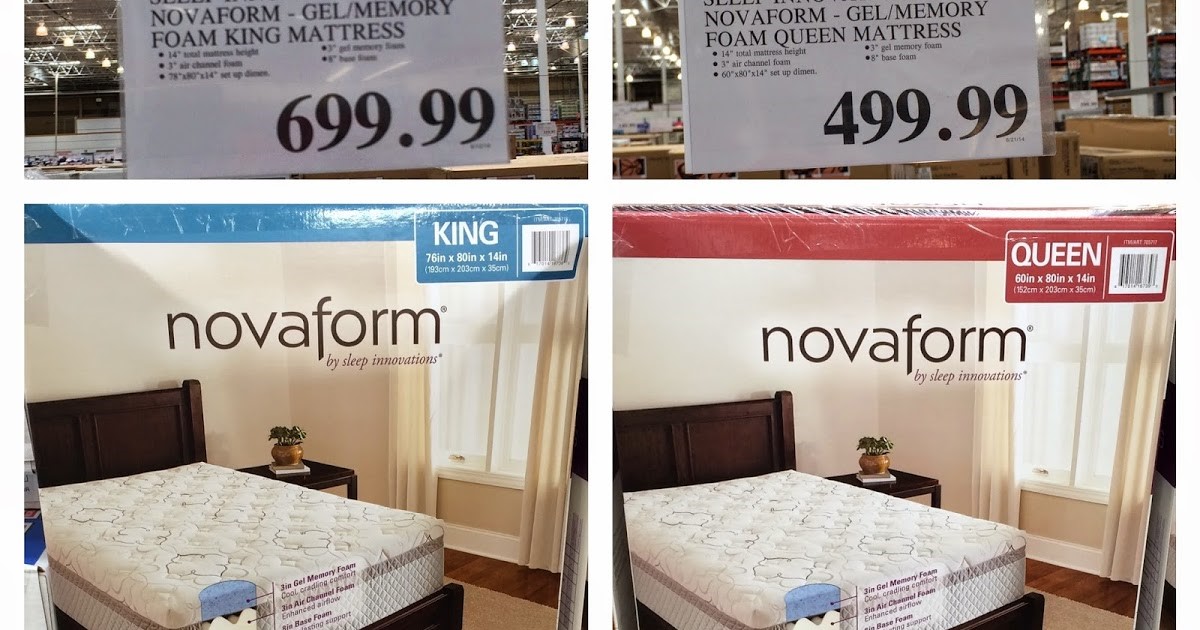As a parent, you know that getting your baby to sleep soundly is no small feat. Sleep becomes a precious commodity in those early months, and ensuring your little one rests well is crucial for their growth and your sanity. One often-overlooked factor that can significantly impact your baby’s sleep quality is the mattress they sleep on. In this blog, we’ll delve into why the mattress matters and provide a comprehensive guide to choosing the best mattress for your baby.
The Importance of Baby Sleep Quality
A baby’s sleep quality is paramount for their overall health, development, and well-being. Adequate and high-quality sleep is essential for infants because it plays a crucial role in their physical, cognitive, emotional, and social development. Here are some reasons why baby sleep quality is so important:
Brain Development
Sleep is critical for the development of a baby’s brain. During sleep, the brain processes information, forms new neural connections, and consolidates memories. During deep and restorative sleep, the brain’s growth and development are most active, particularly important in the early years of life.
Physical Growth
Sleep is also essential for physical growth. Growth hormone is primarily released during deep sleep, and babies who don’t get enough quality sleep may experience stunted growth and development.
Emotional Regulation
Adequate sleep helps babies regulate their emotions. Babies are more likely to be content, less fussy, and better manage stress and emotional challenges when well-rested. Poor sleep quality can lead to increased irritability and mood swings.
Immune System Function
Quality sleep supports a baby’s immune system. During deep sleep, the body repairs and regenerates, vital for maintaining a robust immune system. Babies who get enough quality sleep are better equipped to fight illnesses and infections.
Cognitive Development
Good sleep is closely linked to cognitive development. Babies who sleep well are more likely to reach developmental milestones on time and show better cognitive abilities such as problem-solving, attention span, and language development.
Behaviour and Learning
Sleep quality also affects a baby’s behaviour and learning. Babies who experience disrupted sleep or poor sleep quality may have difficulty concentrating, learning, and remembering information.
Parental Well-being
A baby who sleeps well also contributes to the well-being of the child and parents. Quality sleep for the baby means more sleep for the parents, reducing stress and promoting a healthier family dynamic.
To promote high-quality sleep for your baby, it’s essential to establish healthy sleep routines and create a sleep-conducive environment. Some tips for improving baby sleep quality include:
- Create a consistent sleep schedule.
- Ensure a comfortable sleep environment with a firm, safe crib and appropriate bedding.
- Develop a bedtime routine to signal that it’s time to sleep.
- Watch for signs of sleepiness and put the baby to sleep when they are drowsy but not yet overtired.
- Provide a soothing bedtime routine, such as a warm bath or gentle rocking.
- Minimize disturbances during the night, such as loud noises and excessive light.
Remember that each baby is unique, and what works for one may not work for another. If you have concerns about your baby’s sleep quality, it’s advisable to consult with a pediatrician or a sleep specialist for guidance and support.

Why the Mattress Matters
Your baby’s mattress plays a critical role in ensuring they sleep well. Here’s why it a good night’s sleep is essential:
Comfort
A soft, but firmness, and comfortable mattress helps your baby fall asleep and stay asleep. It should provide the baby rolls right amount of support and cushioning.
Safety
Safety is paramount. A proper mattress reduces the risk of SIDS, suffocation, and a range of other sleep-related dangers. It should be firm and fit the mattress, baby rolls crib snugly.
Hygiene
A quality, mattress cover is easier to clean and maintain. Babies can be messy, so a bed with a removable, washable cover is a huge plus.
Durability
A durable mattress will last through the early years of your child’s life, saving you money in the long run.
Choosing the Right Baby Mattress
Now that you understand the importance of a good baby or mattress protector, let’s look at how to choose the right one:
Firmness
The mattress should be a test for mattresses’ firmness. Soft mattresses can conform to and mould of your baby’s shape, increasing the risk of suffocation. To check and test for mattresses’ firmness, press down in the centre and around the edges. It should quickly regain its firmness and shape.
Size
The mattress should fit the crib snugly. There should be no gaps around the edges where your baby’s fingers or toes could get caught. Measure your crib and buy a mattress that fits perfectly.
Materials
Opt for a mattress made of non-toxic, hypoallergenic materials. Organic or natural materials are a plus, but make sure they meet safety standards.
Waterproof Cover
Babies are prone to accidents, and stains, on sleep surfaces so a waterproof mattress cover is a lifesaver. It protects sleep surfaces and the mattress from spills stains and accidents, making clean-up a breeze.
Ventilation
Look for a mattress with good ventilation. This helps regulate temperature and reduces the risk of overheating, a risk factor for SIDS.
Easy to Clean
Babies’ feet can be messy, so opt for a mattress with a removable, washable cover. This makes it much easier to move mattresses and maintain cleanliness and hygiene of mattresses.
Certifications
Check for certifications such as CertiPUR-US, which ensures the material in the mattress is free from harmful chemicals. These certifications guarantee the material in the bed meets safety, comfort and environmental standards.
Brand Reputation
Choose Infant Products is a reputable brand with a history of producing safe and quality baby products. Read reviews and ask for recommendations from other parents.
Price
While budget is a consideration, don’t compromise on safety and quality. A high-quality mattress is a worthwhile investment in your baby’s health and well-being.
Safety Tips for Baby Sleep
Ensuring your baby’s safe sleep environment is crucial to reducing the risk of Sudden Infant Death Syndrome (SIDS) and other sleep-related infant fatalities. Here are some safety tips for baby sleep:
Back to Sleep
Always place your baby on their back for naps and nighttime sleep until their first birthday. This is one of the most critical steps in reducing the risk of SIDS.
Use a Firm Mattress
Make sure the rest of your baby’s sleep surface is of firmness, and flat. Purchase a comfy crib, bassinet, or portable crib that meets safety standards, and use a mattress that is firm and fits snugly in the crib without any gaps.
Remove Soft Bedding
Avoid putting pillows, blankets, stuffed animals, or foam mattress or bumper pads in the crib. These can pose suffocation hazards. If additional warmth or comfort is needed, dress your baby in sleep clothing, such as a sleep sack or wearable blanket.
Keep the Crib Empty
The crib or baby cot should be free of any toys, loose bedding, blankets, or objects. A pacifier is recommended, but don’t force it if your baby doesn’t want it. If breastfeeding, introduce a pacifier once breastfeeding is well-established.
Room Sharing
Share your room with your baby, but not your bed. It’s recommended to room-share for at least one night in the first six months, but avoid all night bed-sharing, as it increases the risk of suffocation.
No Smoking Around Baby
Keep the baby’s environment smoke-free. Maternal smoking during pregnancy and exposure to secondhand smoke increases the risk of SIDS.
Breastfeed
Whenever possible, breastfeed your baby. Breastfeeding has been shown to reduce the risk of SIDS.
Maintain a Comfortable Room Temperature
Keep the room at a comfortable temperature, not too hot or too cold. Overheating is a risk factor for SIDS. Dress your baby in light, breathable layers.
Use a Pacifier
Consider offering a pacifier at naptime and bedtime, as it has been associated with a reduced risk of SIDS.
Regular Check-ups
Attend all scheduled well-baby visits with your healthcare provider and follow their advice regarding immunisations and other health recommendations.
Tummy Time
Encourage supervised tummy time when your baby is awake and alert. This helps strengthen neck and shoulder muscles.
Educate Caregivers
Ensure that all caregivers (relatives, babysitters) know and follow safe sleep guidelines consistently.
Avoid Sleep Positioners and Other Products
Do not use sleep positioners, wedges, or other products that claim to reduce the risk of SIDS. These are not recommended and may pose risks.
Stay Informed
Keep up with the latest recommendations and guidelines for safe baby sleep from reputable sources like the American Academy of Pediatrics (AAP).
It’s essential to create a safe sleep environment for your baby and consistently follow these guidelines to reduce the risk of SIDS and other sleep-related hazards. Always consult your pediatrician or healthcare provider for questions or concerns about your baby’s sleep safety.
Frequently Asked Questions
Why is an exceptional mattress needed for a baby’s crib?
Babies need a firm, flat, supportive sleeping surface for safe sleep to reduce the risk of Sudden Infant Death Syndrome (SIDS). A unique baby mattress provides this ideal support and comfort.
What should I look for in a baby mattress?
Look for a mattress that fits snugly in the crib, is of firmness and can test for firmness and support, and is made of non-toxic materials. It should meet safety standards.
Is it safe to use a used baby mattress?
Using a used mattress is generally only recommended if you are sure it’s in good condition and meets safety standards. Older mattresses may have hidden wear and tear.
What are the different types of baby mattresses?
There are foam mattresses, innerspring mattresses, and organic/natural options. Each has pros and cons, so choose what works best for you.
How should I clean a baby mattress?
Most baby mattresses have removable, washable covers. Follow the manufacturer’s cleaning instructions for the best results. Avoid using harsh chemicals.
When should I transition from a crib mattress to a toddler bed?
This transition typically occurs when your child starts climbing out of the crib, usually your child is around 2-3 years of age.
Can I use a crib mattress in a toddler bed?
Many crib mattresses are designed to be dual-use and fit toddler beds. Check the mattress size and manufacturer guidelines.
Are organic baby mattresses worth the extra cost?
Organic mattresses are made from natural materials and are free from harmful chemicals. They may be worth it if you’re concerned about your baby’s chemical exposure, but it’s a personal choice.
Conclusion
In conclusion, your baby’s own cot mattress and sleep quality matters. As parents, it is essential to ensure our little ones sleep soundly and soundly in the best environment possible. There is no one-size-fits-all answer to finding the perfect mattress for your baby’s cot. Each child has different needs and preferences, so research what type of bedding would be best for your child’s safety and lifestyle. Ensure you’ve considered their comfort level, safety considerations, and budget when selecting a cot mattress. It’s also essential to keep their space clean and comfortable – a clean environment helps your child’s emotional and physical health. We hope these tips have assisted you on your journey to finding the ideal cot mattress for your baby’s sleep quality; if you have any further questions or comments, let us know in the comment area below!







